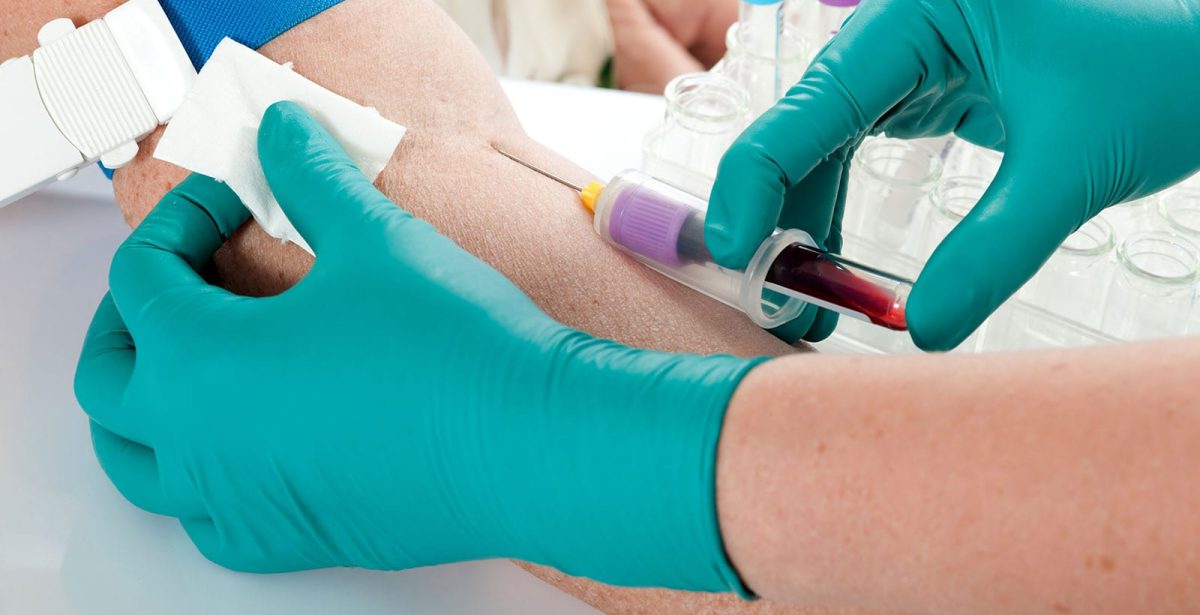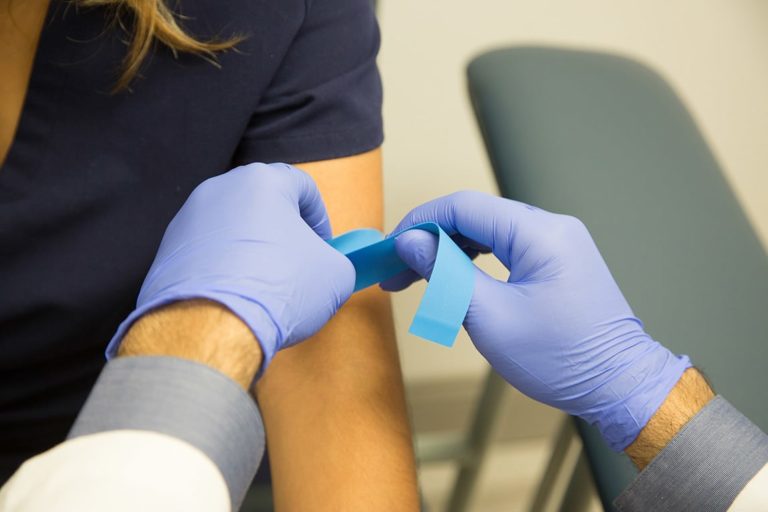9 Simple Techniques For Northeast Medical Institute - New Haven Campus Phlebotomy Course & Cna Class
9 Simple Techniques For Northeast Medical Institute - New Haven Campus Phlebotomy Course & Cna Class
Blog Article
Northeast Medical Institute - New Haven Campus Phlebotomy Course & Cna Class - Truths
Table of ContentsThe Definitive Guide to Northeast Medical Institute - New Haven Campus Phlebotomy Course & Cna Class3 Easy Facts About Northeast Medical Institute - New Haven Campus Phlebotomy Course & Cna Class ExplainedAbout Northeast Medical Institute - New Haven Campus Phlebotomy Course & Cna Class5 Easy Facts About Northeast Medical Institute - New Haven Campus Phlebotomy Course & Cna Class ShownGet This Report on Northeast Medical Institute - New Haven Campus Phlebotomy Course & Cna ClassNot known Incorrect Statements About Northeast Medical Institute - New Haven Campus Phlebotomy Course & Cna Class
The usage of such tools ought to be accompanied by other infection prevention and control methods, and training in their use.For settings with reduced sources, price is a motoring variable in purchase of safety-engineered devices - CNA Courses. Where safety-engineered tools are not available, skilled use a needle and syringe is appropriate. Unintentional direct exposure and certain information regarding an event ought to be tape-recorded in a register. Assistance services must be promoted for those that go through accidental exposure.
labelling); transport problems; interpretation of outcomes for clinical management. In an outpatient division or center, offer a committed phlebotomy work area containing: a tidy surface area with 2 chairs (one for the phlebotomist and the other for the person); a hand wash container with soap, running water and paper towels; alcohol hand rub. In the blood-sampling room for an outpatient department or clinic, offer a comfortable reclining couch with an arm remainder.
Getting My Northeast Medical Institute - New Haven Campus Phlebotomy Course & Cna Class To Work
Ensure that the signs for blood sampling are clearly defined, either in a created protocol or in recorded guidelines (e.g. in a research laboratory form). Collect all the equipment required for the procedure and location it within safe and easy reach on a tray or trolley, making certain that all the things are clearly noticeable.
Present on your own to the client, and ask the individual to state their full name. Check that the research laboratory kind matches the client's identity (i.e. match the patient's information with the laboratory kind, to make certain exact identification).
Make the individual comfy in a supine setting (when possible). Place a clean paper or towel under the person's arm. Go over the examination to be done (see Annex F) and obtain verbal permission. The client has a right to refuse a test at any moment prior to the blood tasting, so it is necessary to ensure that the client has understood the procedure.
Northeast Medical Institute - New Haven Campus Phlebotomy Course & Cna Class - Questions
Expand the patient's arm and check the antecubital fossa or forearm. Situate a vein of a good size that shows up, straight and clear. The representation in Area 2.3, reveals common positions of the vessels, however lots of variants are possible. The median cubital capillary exists in between muscle mass and is usually one of the most simple to penetrate.
DO NOT place the needle where blood vessels are diverting, since this enhances the opportunity of a haematoma. The vein ought to show up without using the tourniquet. Situating the vein will help in figuring out the correct size of needle. Apply the tourniquet concerning 45 finger sizes above the venepuncture site and re-examine the vein.
Samplings from main lines bring a threat of contamination or incorrect laboratory examination outcomes. It is appropriate, however not ideal, to draw blood specimens when very first presenting an in-dwelling venous device, prior to linking the cannula to the intravenous liquids.
Fascination About Northeast Medical Institute - New Haven Campus Phlebotomy Course & Cna Class
Allow the location try these out to dry. Failure to permit sufficient call time raises the threat of contamination. DO NOT touch the cleaned up website; specifically, DO NOT position a finger over the vein to assist the shaft of the revealed needle. It the website is touched, repeat the sanitation. Carry out venepuncture as complies with.
Ask the client to develop a clenched fist so the blood vessels are a lot more popular. Go into the capillary swiftly at a 30 degree angle or less, and remain to introduce the needle along the blood vessel at the most convenient angle of entry - CNA Courses. As soon as sufficient blood has been collected, release the tourniquet BEFORE withdrawing the needle
The Main Principles Of Northeast Medical Institute - New Haven Campus Phlebotomy Course & Cna Class
Withdraw the needle delicately and apply mild stress to the site with a tidy gauze or completely dry cotton-wool sphere. Ask the patient to hold the gauze or cotton woollen in position, with the arm extended and elevated. Ask the patient NOT to flex the arm, since doing so triggers a haematoma.

Everything about Northeast Medical Institute - New Haven Campus Phlebotomy Course & Cna Class
Do not press the syringe plunger because additional pressure boosts the threat of haemolysis. Where feasible, keep the tubes in a rack and relocate the rack towards you. Infuse downwards right into the ideal coloured stopper. DO NOT remove the stopper because it will release the vacuum cleaner. If the example tube does not have a rubber stopper, inject exceptionally slowly right into the tube as reducing the stress and rate utilized to transfer the specimen decreases the danger of haemolysis.

Report this page